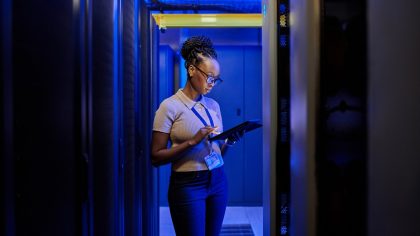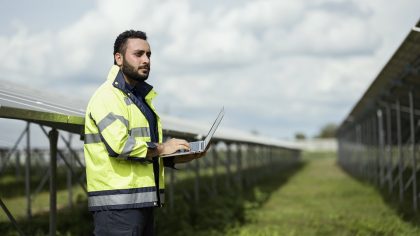Cybersecurity: ThreatNet draws on Orange’s database to protect networks
• ThreatNet is an innovative cybersecurity solution from the Orange Group involving detectors that are distributed to continuously monitor the carrier’s entire internal network.
• The solution is powered by Orange Cyberdefense’s knowledge base of threats to accurately identify the nature of the attacks.
• ThreatNet can process large volumes of data in a decentralised way, operate at speed and identify threats with precision.
Read the article
• The solution is powered by Orange Cyberdefense’s knowledge base of threats to accurately identify the nature of the attacks.
• ThreatNet can process large volumes of data in a decentralised way, operate at speed and identify threats with precision.



Sylva: A Common Software Framework for Network Interoperability via the Cloud
Read the article
IoT: new energy-efficient chips could expand the scope of artificial intelligence in edge computing
Read the article

